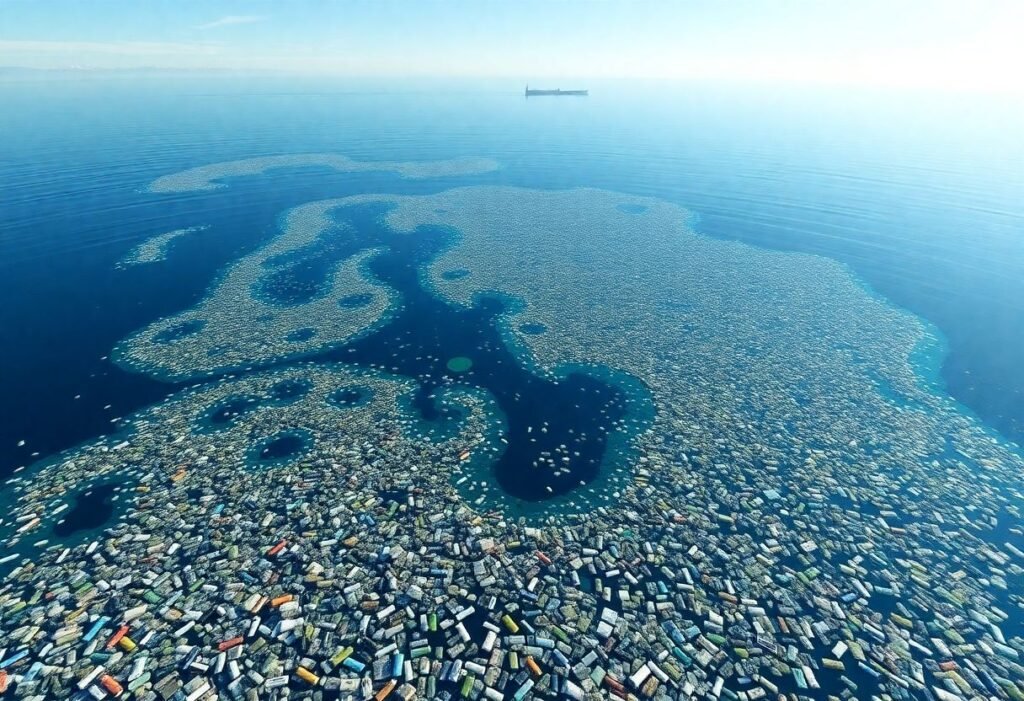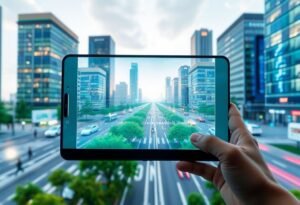The Great Pacific Garbage Patch represents one of the most significant environmental challenges we face today. With an estimated clean-up cost of $7.5 billion, the urgent need for innovation and sustainable solutions has never been more apparent. This patch, often misunderstood, highlights the effects of plastic waste on our oceans and marine life, thereby emphasizing the importance of addressing this critical issue.
Understanding the Great Pacific Garbage Patch
The Great Pacific Garbage Patch (GPGP) is frequently mischaracterized. Contrary to popular belief, it is not a solid mass of trash floating in the ocean. Instead, it consists of tiny plastic particles dispersed across a vast area of water, making it invisible to the naked eye. This patch is not simply a localized phenomenon; it extends over 1.6 million square kilometers, roughly twice the size of Texas. This gigantic concentration of marine debris poses a substantial threat to marine life, as animals often ingest these plastic fragments, mistaking them for food.
The Cost of Cleanup
The financial implications of cleaning the GPGP are staggering. Recent estimates suggest that the budget for anti-pollution initiatives could reach $7.5 billion. This projection is not merely a figure; it encompasses extensive research, technology development, and operational costs over several years. Organizations like The Ocean Cleanup Project are at the forefront of efforts to tackle this problem, employing innovative technologies to capture and remove plastic waste. Such endeavors underline the necessity of significant investment in both technological advancements and environmental stewardship.
Innovative Solutions in Action
To combat the overwhelming plastic pollution caused by commercial and recreational activities, various innovative solutions are being developed. The Ocean Cleanup Project employs floating barriers to collect plastic effectively. These barriers harness ocean currents to trap and concentrate plastic debris, which is then extracted via specialized boats. Additionally, advancements in recycling technology are paving the way for converting plastics into usable products, therefore mitigating waste generation in the first place. Such implementations demonstrate a proactive approach to environmental conservation.
Global Collaboration for Environmental Change
Addressing the Great Pacific Garbage Patch requires a collective global effort. Countries, NGOs, and private enterprises must collaborate to devise effective strategies in waste management and plastic reduction. Initiatives include stricter regulations on plastic production and encouraging sustainable alternatives. The international community has a role to play by sharing knowledge, resources, and technologies to ensure that cleaner oceans are a shared goal._
Public Awareness and Education
Raising awareness about the Great Pacific Garbage Patch and its implications is crucial in driving behavioral change. Public education campaigns can illuminate the impact of plastic waste on ocean health and promote responsible consumption practices. Schools, organizations, and community groups can foster a culture of sustainability by hosting workshops and informational sessions. By empowering individuals with knowledge and advocating for eco-friendly choices, we can actively participate in the fight against ocean plastic pollution.
Conclusion: A Call to Action
The Great Pacific Garbage Patch remains a grave reminder of the consequences of plastic pollution. The $7.5 billion clean-up estimate serves as a stark indicator of the severity of the issue. It is imperative for governments, organizations, and individuals alike to take action. By embracing innovative solutions, advocating for sustainable practices, and promoting global awareness, we can safeguard our oceans for future generations. The time to act is now.
Disclaimer: The information contained in this article is for general informational purposes only and should not be construed as professional advice. Always consult with a qualified expert for specific inquiries.





















